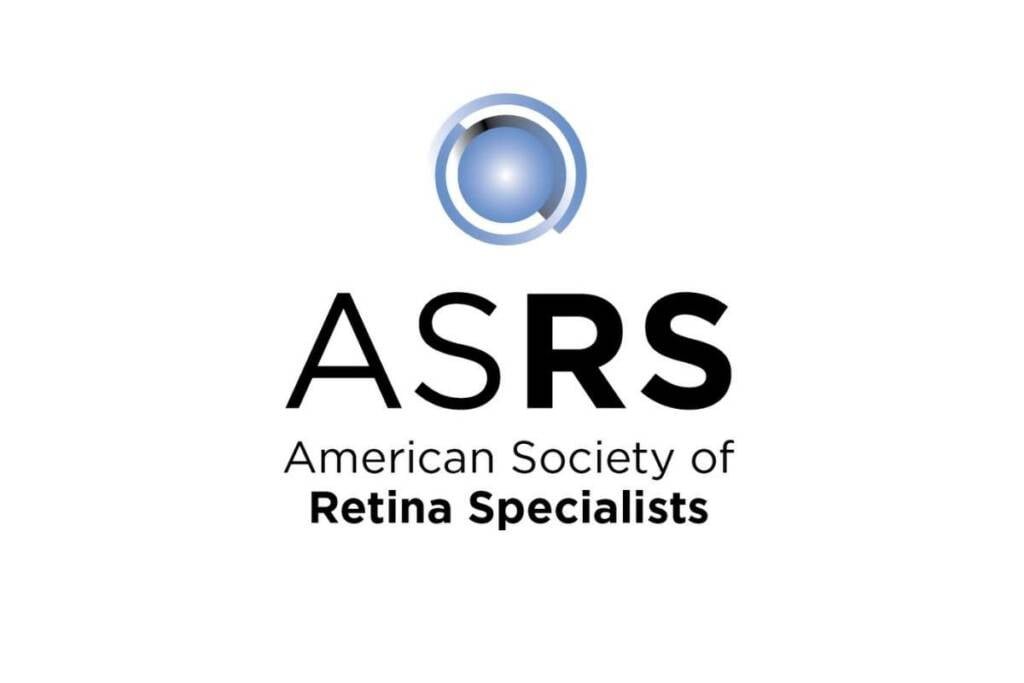Source – Roche
On July 20, Roche announced that they will be presenting data from their ophthalmology portfolio in 25 abstracts at the 2023 American Society of Retina Specialists (ASRS) Annual Meeting, scheduled from July 28 to August 1 in Seattle, United States. This data represents a significant advancement in clinical and real-world evidence supporting the use of Vabysmo (faricimab), the world’s first and only bispecific antibody for the eye, in treating neovascular or ‘wet’ age-related macular degeneration (nAMD) and diabetic macular edema (DME).
“The clinical and real-world data at ASRS reinforce the improvement in outcomes brought by Vabysmo in two leading causes of vision loss, particularly new analyses suggesting that Vabysmo is associated with less vision-impacting fibrosis than aflibercept. By improving disease control while offering a potentially less frequent treatment regimen, Vabysmo may help people spend less time managing their condition.”
– Levi Garraway, M.D., Ph.D., Roche’s Chief Medical Officer and Head of Global Product Development
Vabysmo is currently approved in over 70 countries for the treatment of nAMD and DME, with public reimbursement available in more than 20 markets, and over one million doses distributed worldwide. Both neovascular AMD and DME are major causes of vision loss globally, impacting the lives of over 40 million people.
One of the significant data presentations will focus on Vabysmo’s effect on epiretinal membrane (ERM) formation in DME compared to aflibercept, a competing treatment. Two-year post-hoc data from the YOSEMITE and RHINE Phase III studies will be unveiled for the first time, demonstrating that Vabysmo leads to less retinal fibrosis than aflibercept. ERMs are fibrotic tissues on the retina’s surface that can negatively affect eye anatomy and compromise vision.
Moreover, the data will reiterate the positive anatomical outcomes observed with Vabysmo treatment, including reduced blood vessel leakage in the macula and more effective and faster control of retinal fluid. Blood vessel leakage can lead to fluid accumulation and swelling in the back of the eye, contributing to vision loss.
The findings will also provide further support for the use of increased intervals between Vabysmo doses to treat nAMD and DME, without compromising treatment outcomes when compared to aflibercept.
Roche’s expanding programme of real-world studies for Vabysmo includes more than 8,500 participants in almost 30 countries.
Updates will be presented on real-world data from the FARETINA studies of Vabysmo in nAMD and DME looking at extended dosing intervals and impact on vision, including Vabysmo’s use as a first-line treatment.
Preliminary data on early outcomes and treatment patterns in the United Kingdom FARWIDE studies of Vabysmo in nAMD and DME will be shared for the first time.
Additionally, the ASRS Annual Meeting will feature independent investigator studies on Vabysmo. One such study is the TRUCKEE study, which examines real-world outcomes in people with nAMD across 14 sites in the United States and is scheduled for presentation on July 31 during the Wet AMD Symposium 3.





























